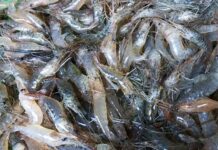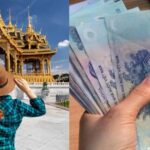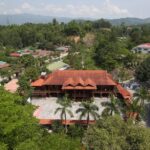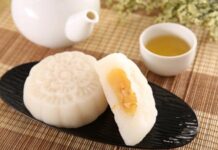## Golden Cypress of Vietnam: A Botanical Treasure in the Heart of the Mountains
Golden Cypress of Vietnam: Unveiling a Botanical Treasure
Vietnam boasts an incredibly diverse flora, among which lies a rare gem—the Golden Cypress. This tree is of exceptional biological, economic, and ecological value and is considered one of the rarest species on the planet. Discovered less than three decades ago, it has quickly captivated the attention of scientists worldwide due to its unique characteristics and alarming conservation status.
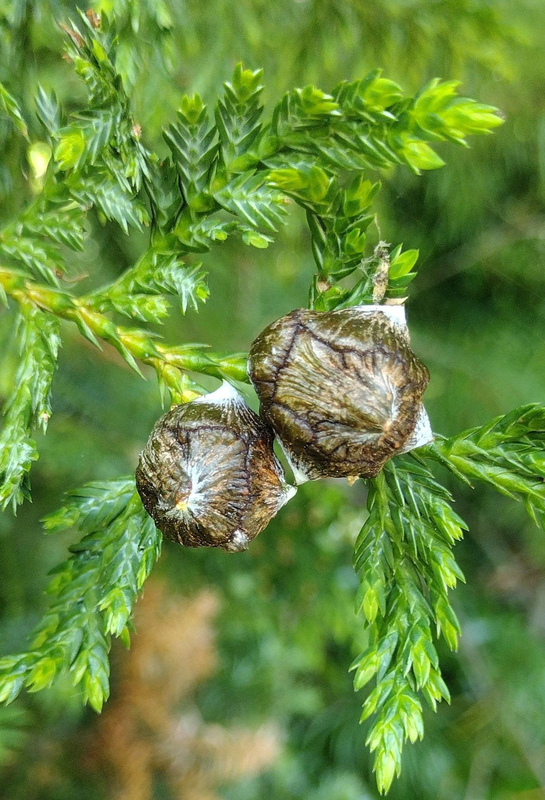
The Golden Cypress was first discovered in Vietnam in 1999 in the limestone mountains of the Bat Dai Son range, Quan Ba district, Ha Giang province. This finding was groundbreaking as the tree was not only new to science but also belonged to an entirely new genus within the cypress family (Cupressaceae). This heightened its scientific value and significance in understanding global plant diversity.
Subsequently, additional Golden Cypress trees were found in the highland regions of Cao Bang and Tuyen Quang provinces. Beyond Vietnam’s borders, only a single individual was discovered in Guangxi, China, in 2012, indicating an extremely limited distribution range for this species.
The Golden Cypress is a small to medium-sized tree, reaching heights of 10 to 15 meters at maturity. It has an upright trunk and reddish-brown or grayish-brown bark. This tree is slow-growing and thrives in steep limestone habitats with harsh conditions, poor soil nutrition, and arid climates. Its ability to survive in such environments makes it crucial for soil retention, erosion control, and maintaining sustainable ecosystems in limestone forests.
The wood of the Golden Cypress is of exceptionally high quality, characterized by its golden-brown color, fine grain, hardness, and natural aromatic properties. This makes it highly valued for furniture, feng shui, and other artisanal crafts.
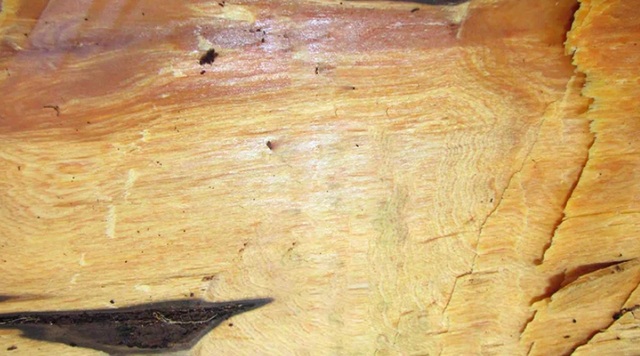
Due to its economic value, the Golden Cypress faces a significant risk of extinction. Classified as “Endangered” (EN) by the IUCN, it is also listed in Group IA of Vietnam’s endangered and precious forest plants, signifying a complete ban on its exploitation, transportation, and trade. The decline in its population is mainly attributed to rampant deforestation, natural disasters, and wildfires, as forests are cleared for agricultural land. Poaching further exacerbates the situation due to the high value of the tree.
In response to this critical situation, Vietnamese authorities and conservation organizations have implemented various measures to protect this precious tree. Surveys, assessments, and demarcation for conservation have been prioritized. Simultaneously, scientists are conducting research and propagation programs, with promising initial results from seed-grown and cuttings, offering hope for future population recovery. The restoration and expansion of the Golden Cypress’s habitat hold significance not only for biodiversity conservation but also for Vietnam’s sustainable forest development strategy.
The Ultimate Wooden Mansion: A 200 Billion VND, 4-Year Labor of Love
The grand wooden stilt house, the largest of its kind in Vietnam, stands proudly with its two stories and a total area of 500 square meters. Crafted from an impressive 500 cubic meters of valuable ironwood, worth a staggering 200 billion VND, this architectural marvel sits atop a spacious 2,000-square-meter plot in Dien Bien Phu City.
The Ocean’s Goddess: An Icon of Elegant Fashion and Feminist Power
Amidst the vast expanse of sky and sea at Hon Tre Island, Nha Trang, where nature carves majestic outlines of rocks and waves, Miss Humanity of Miss Diva Vietnam Global Businesswoman 2025, Hang Nguyen, emerges as a streak of elegant radiance. Adorned in a meticulously crafted black evening gown, the beauty queen doesn’t merely wear a design but embodies the very essence of a sea goddess: noble, powerful, and profoundly gentle.















